| Beauchampiella eudactylota, dorsoventral view of a specimen from (2) |
| |
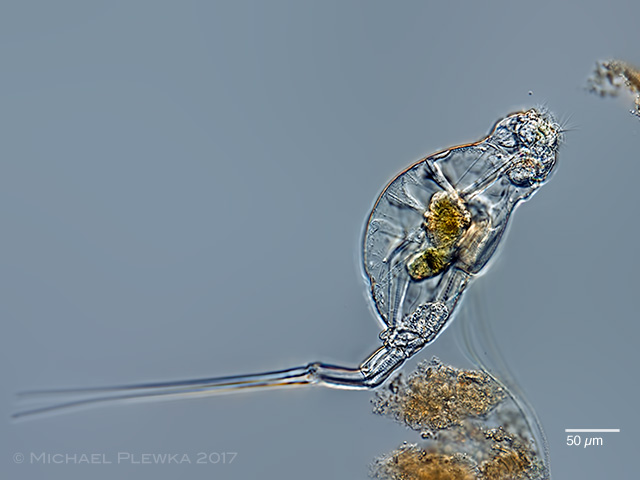 |
| Beauchampiella eudactylota, lateral view of the same specimen (2). |
| |
 |
| Beauchampiella eudactylota, dorsal view on two of the four conspicuous nephridial organs. in the upper part of the image the setae of the the dorsal antenna are visible (2). |
| |
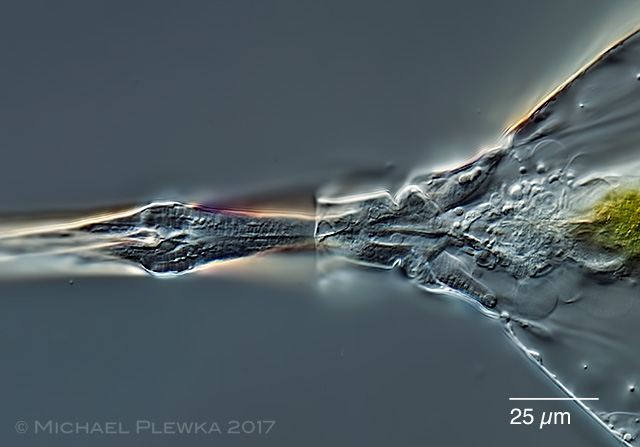 |
| Beauchampiella eudactylota, transition from the trunk to the foot. Visible are the transversely striated muscles (2). |
| |
 |
| Beauchampiella eudactylota, focus on the left lateral antenna (2). |
| |
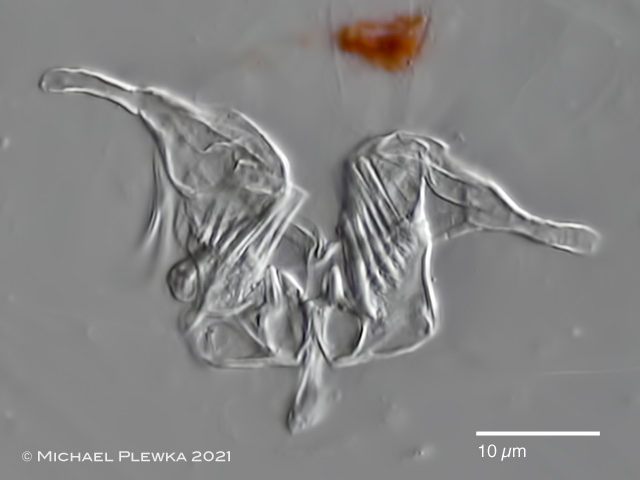 |
| Beauchampiella eudactylota, ramate troph, also visible is the red pigmentof the eyespot. (3) |
| |
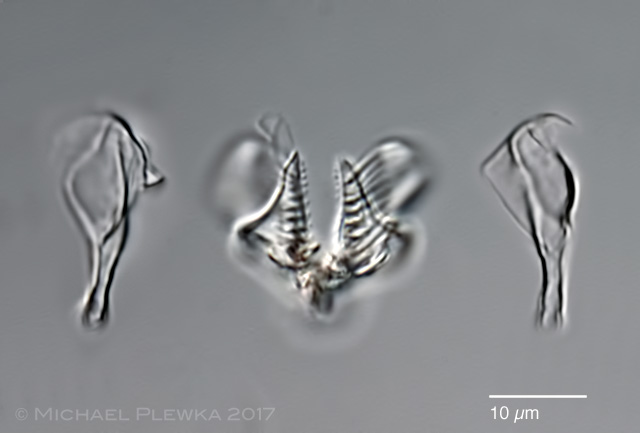 |
| Beauchampiella eudactylota, trophi (2) |
| |
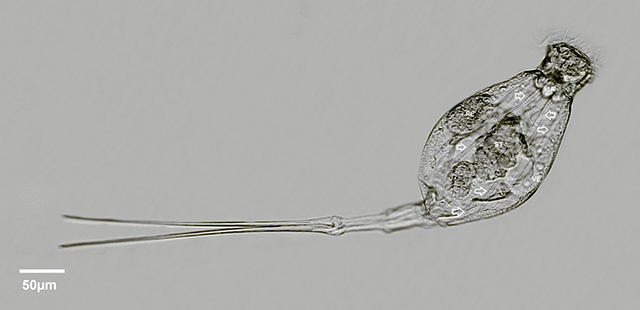 |
Beauchampiella eudactylota swimming. Image taken without coverslip. (1)
|
| |
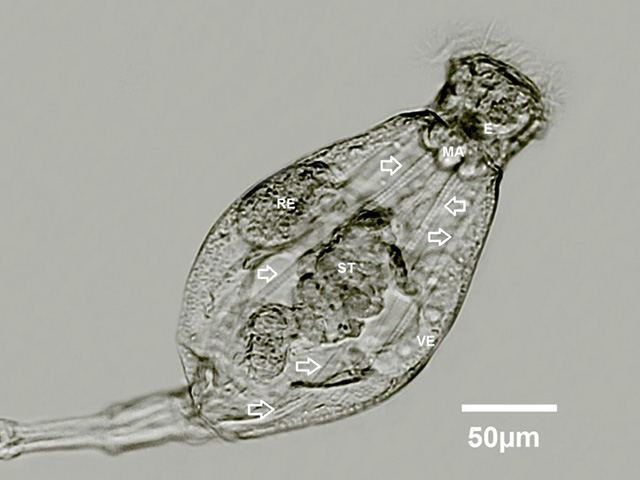 |
| Beauchampiella eudactylota, crop of the above image. White arrows: muscle strands, (E): eyespot, (MA): mastax, (VE): vitellarium, (ST): stomach, (RE): resting egg. The long toes are used for fitful changes in direction of movement. (1) |
| |
 |
| Beauchampiella eudactylota, lateral view on the rotatory organ. White arrows: hanks of long cilia. (1) |
| |
 |
| Beauchampiella eudactylota (M): foot segments with strong internal musculature; (VE): Vitellarium, (RE): resting egg. (1) |
| |
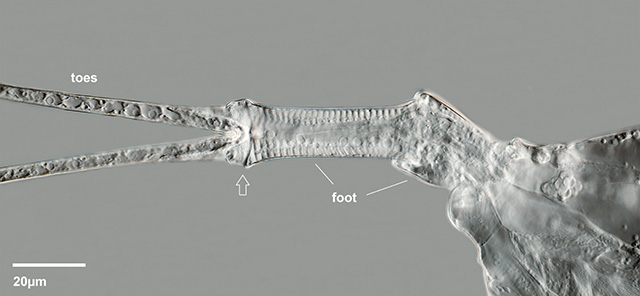 |
| Beauchampiella eudactylota Foot in ventral viewt. White arrow: insertion of toes. (1) |
| |
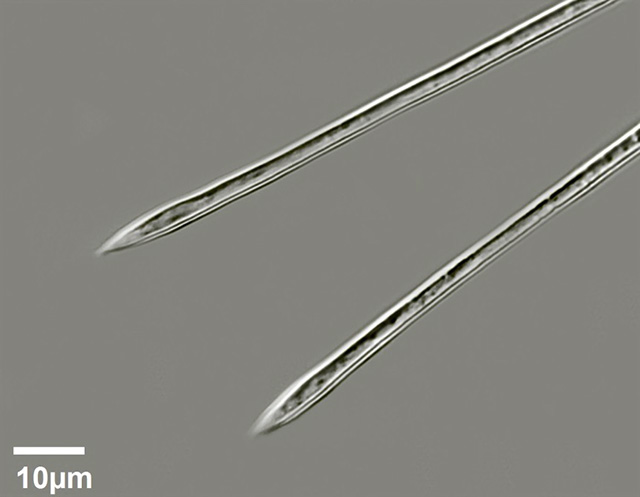 |
| Beauchampiella eudactylota, toes (1). |
| |
 |
| Beauchampiella eudactylota,cross striated longitudinal muscle (1) |
| |
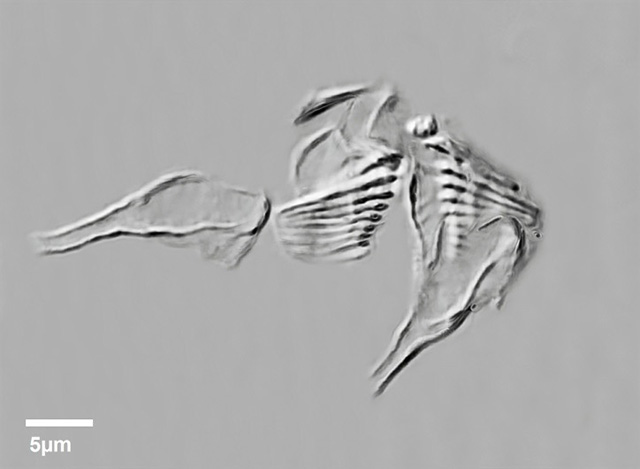 |
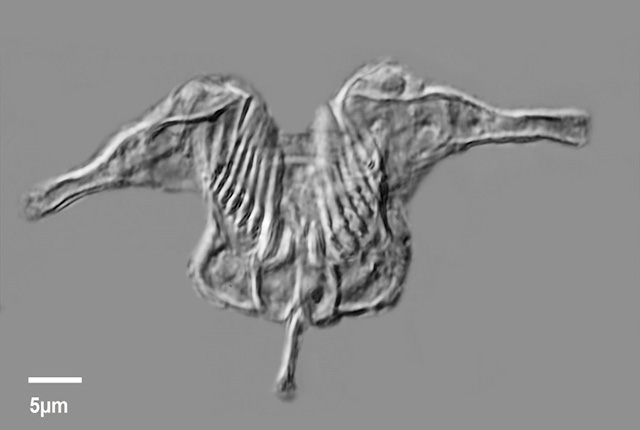 |
| Beauchampiella eudactylota, two aspects of the trophi (stacked images). (1) |
| |
| Images from sample (1): courtesy of Richard Scholz. |
| |
Location: Moor near lake Serrahn, Mecklenburg-Vorpommern/ Germany (1); Simmelried, Konstanz, Germany (2); (3).
Habitat: Spagnum, detritus; together with Tetrasiphon hydrocora, Euchlanis sp. and Notommata allantois. About one specimen per 50 ml. Conductance-value: 20µS, pH: 5.3 .(1). Mud in Sphagnum pond (2); (3)
Date: collected 17.7.2015, images: 13.8.2015 (1); coll.: 28.09.2017; img.:11.10.2017 (2); 02.11.2021 (3)
|
|
|